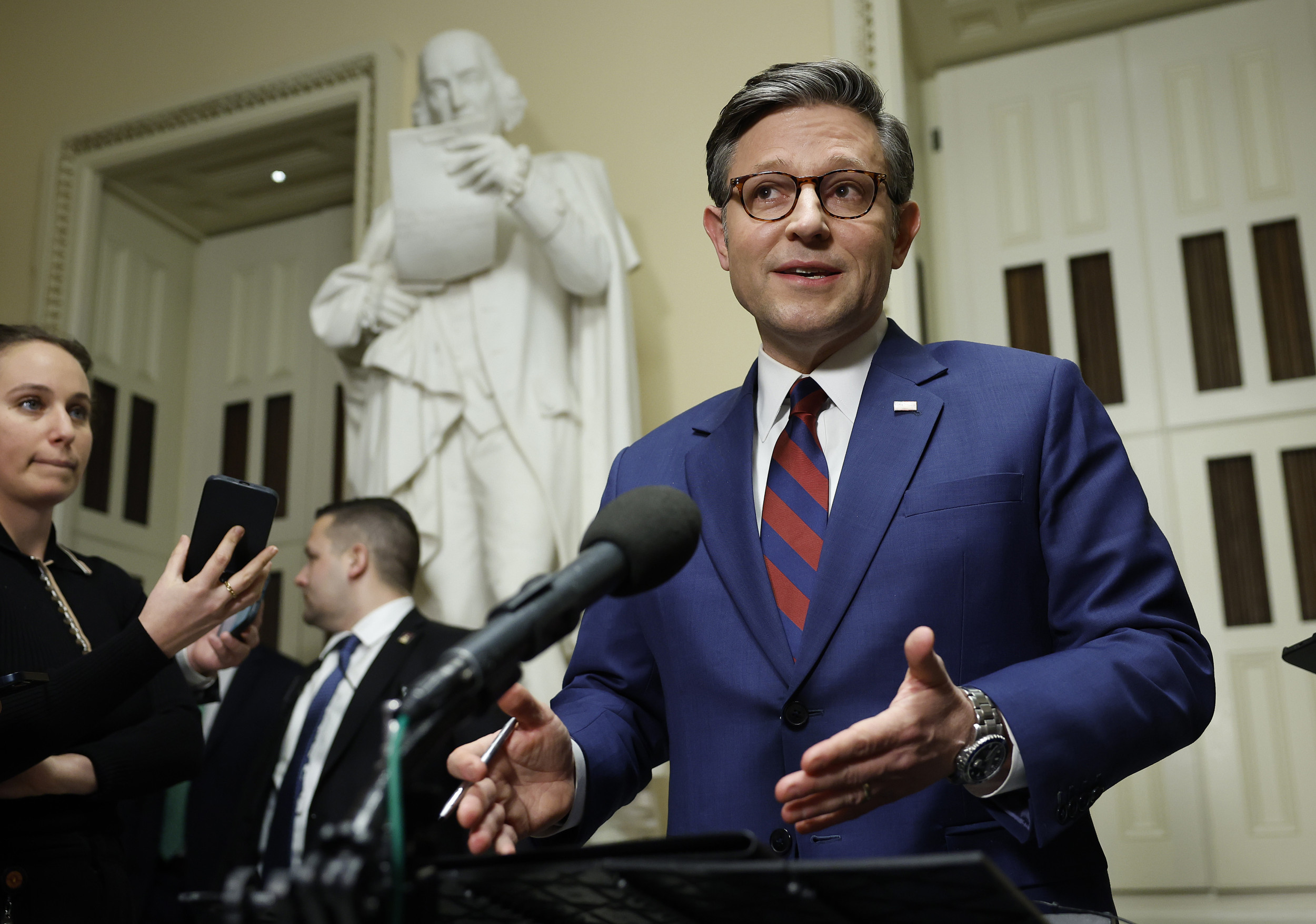A recent update on the U.S. Geological Survey (USGS) website offers new insights into the timing of a potential eruption of Yellowstone's supervolcano—one of the world's largest active volcanoes.
Written by Mark Stelten, deputy scientist-in-charge at the Yellowstone Volcano Observatory, the post analyzes the volcano's eruptive history and current activity to show that the sleeping giant should, thankfully, remain asleep for a while longer.
As Stelten explained, "For currently dormant volcanoes, we don't usually predict the dates of future eruptions, but rather the probability that an eruption will occur during some time frame."
To determine this probability, geologists study a volcano's eruptive history, looking at the frequency and patterns of past eruptions.

"As an analogy, let's say that you live next to a baseball field, and you want to get an idea of the next time a baseball will be hit into your yard," Stelten wrote.
"One way to forecast this would be to calculate an average recurrence rate by dividing the number [of] baseballs in your yard by the duration of your observation period (let's say, one year) to derive the number of baseballs in your yard per year.
"This average recurrence rate can then be turned into a probability of a baseball being hit into your yard over the next day, week, month, etc. Similarly, forecasting volcanic eruptions requires knowing the number of eruptions that have occurred over time."
Applying this approach to Yellowstone, Stelten noted that the volcano has not erupted in the past 70,000 years, but was active with rhyolite lava flows every 20,000 years on average between 160,000 and 70,000 years ago.
"Does this mean we are currently in the volcanic off-season? Or does it mean we are 'due' for an eruption (which, by the way, is never really true)?" Stelten asked.
"The reality is that we cannot say for sure based on statistical forecasting methods alone. Instead, we must combine these types of forecasts with real-time monitoring of the volcano to assess the state of the volcanic system."
Currently, the annual probability of a volcanic eruption at Yellowstone is estimated to be around 0.001 percent, which Stelten said is "probably an overestimate for the short term."
There are no signs of an impending eruption, as the magmatic system beneath Yellowstone is mostly solid.
"But one day, perhaps thousands or tens of thousands of years from now, the volcanic off-season in Yellowstone may end, and volcanologists will be watching for signs of incoming baseballs," Stelten said.
If and when Yellowstone does blow, its impacts will ricochet around the globe. Regionally, ash would fall from the sky, and the global climate would be affected for years, possibly even decades, according to the USGS.
Surrounding states, including Montana, Idaho and Wyoming, would face pyroclastic flows—a dangerous high-density mix of hot lava blocks, pumice, ash and volcanic gas. Humans would not go extinct, but extreme weather and other effects could make for a difficult few years on our planet.
Do you have a tip on a science story that Newsweek should be covering? Do you have a question about the Yellowstone supervolcano? Let us know via science@newsweek.com.




















 English (US) ·
English (US) ·